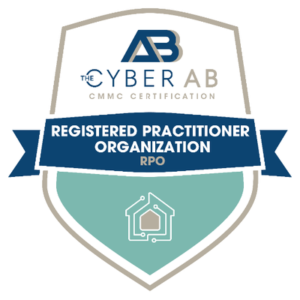Cyber threats are becoming more sophisticated and frequent in today’s cyber landscape, making next-generation endpoint security technologies essential. Traditional antivirus solutions are falling short in protecting against advanced malware, ransomware, zero-day attacks, advanced persistent threats (APTs) and other targeted attacks that exploit endpoint vulnerabilities.
With next-generation technologies, such as endpoint detection and response (EDR), extended detection and response (XDR), security information and event management (SIEM) and threat intelligence platforms, organizations can identify and mitigate threats in real-time. With these solutions, security teams can proactively defend against evolving threats, minimize risks associated with data breaches and ensure the integrity and availability of critical systems and data. The following is a more in-depth explanation of each of these technologies.
Endpoint Detection and Response
EDR solutions detect and mitigate threats at endpoints, such as desktops, laptops, servers and mobile devices. They use advanced detection techniques, such as behavioral analysis, machine learning and signature-based detections, to identify suspicious activities and potential threats.
With EDR, security teams can monitor and analyze endpoint activities in real-time, minimizing the impact of security incidents. These solutions often offer features like threat hunting, forensic analysis and automated response capabilities to improve overall security posture.
Extended Detection and Response
Compared to EDR, XDR takes a broader approach to threat detection and response. It integrates data from multiple security products across various security layers, such as endpoints, networks, email and cloud environments. XDR platforms enable more effective threat detection and response by aggregating and correlating data from many sources.
XDR solutions identify complex threats across multiple IT environments by leveraging advanced analytics and machine learning algorithms. Through XDR, organizations can streamline security operations, improve incident response times and gain a holistic view of their security posture.
Security Information and Event Management
A SIEM platform centrally aggregates and analyzes threat data from various sources across an organization’s IT infrastructure, including endpoints, network devices, servers and applications. SIEM helps organizations detect and respond to advanced threats more effectively by providing real-time monitoring, threat detection, and incident response capabilities.
Using SIEM, security teams can detect suspicious activities, such as unauthorized access attempts, malware infections and unusual network traffic patterns, by analyzing disparate data sources and identifying anomalies or patterns indicating security breaches. Ultimately, SIEM plays a crucial role in strengthening an organization’s security posture by enabling proactive threat detection, rapid incident response and continuous security monitoring.
Threat Intelligence Platforms
A threat intelligence platform gathers, analyzes and disseminates information about emerging cyber threats, such as indicators of compromise, malware signatures and tactics, techniques and procedures (TTPs) used by attackers. Using a variety of data sources, such as open-source intelligence, commercial feeds and internal security telemetry, these platforms provide actionable insights.
The threat intelligence platform provides context around security events, prioritizes alerts based on relevance and severity and supports proactive threat hunting. Organizations can operationalize threat intelligence by integrating it with other security technologies, such as EDR and SIEM platforms.
Need support in meeting your organization’s next-generation endpoint security needs? MBL Technologies offers a wide array of cybersecurity services to help you identify weaknesses in your endpoint security posture and implement cost-effective, targeted solutions. Contact us today to learn more.




